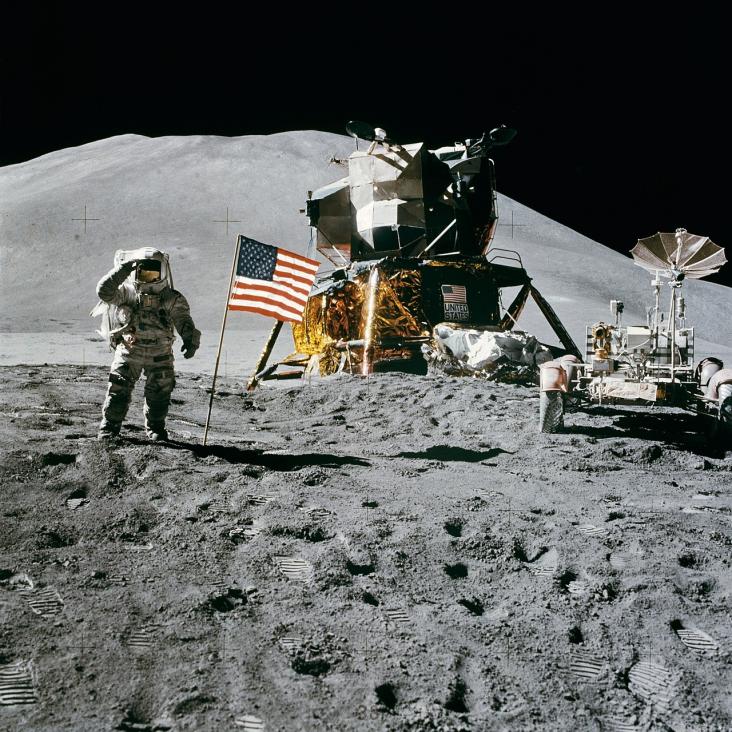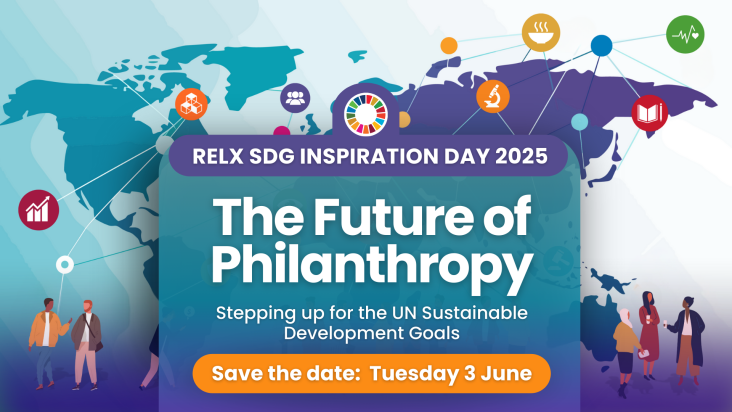
International Day of Human Space Flight 2026: A Tribute to Exploration, Unity, and Progress
This article proposed a new research framework to help better account for the broader sustainability (e.g. local community well-being, affordability, accessibility) in the net-zero energy transition
Engaging in philanthropic activities is being pursued by many well-established supply chains.

RELX SDG Inspiration Day 2025
The Future of Philanthropy: Stepping up for the United Nations Sustainable Development Goals

Corporate Responsibility (CR) starts with the positive impact RELX has on society through our products and services.
Handbook on New Paradigms in Smart Charging for E-Mobility, Global Trends, Policies, and Practices, 2025, Pages 3-52

